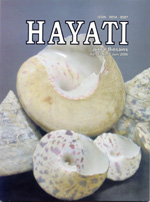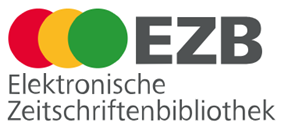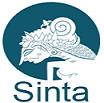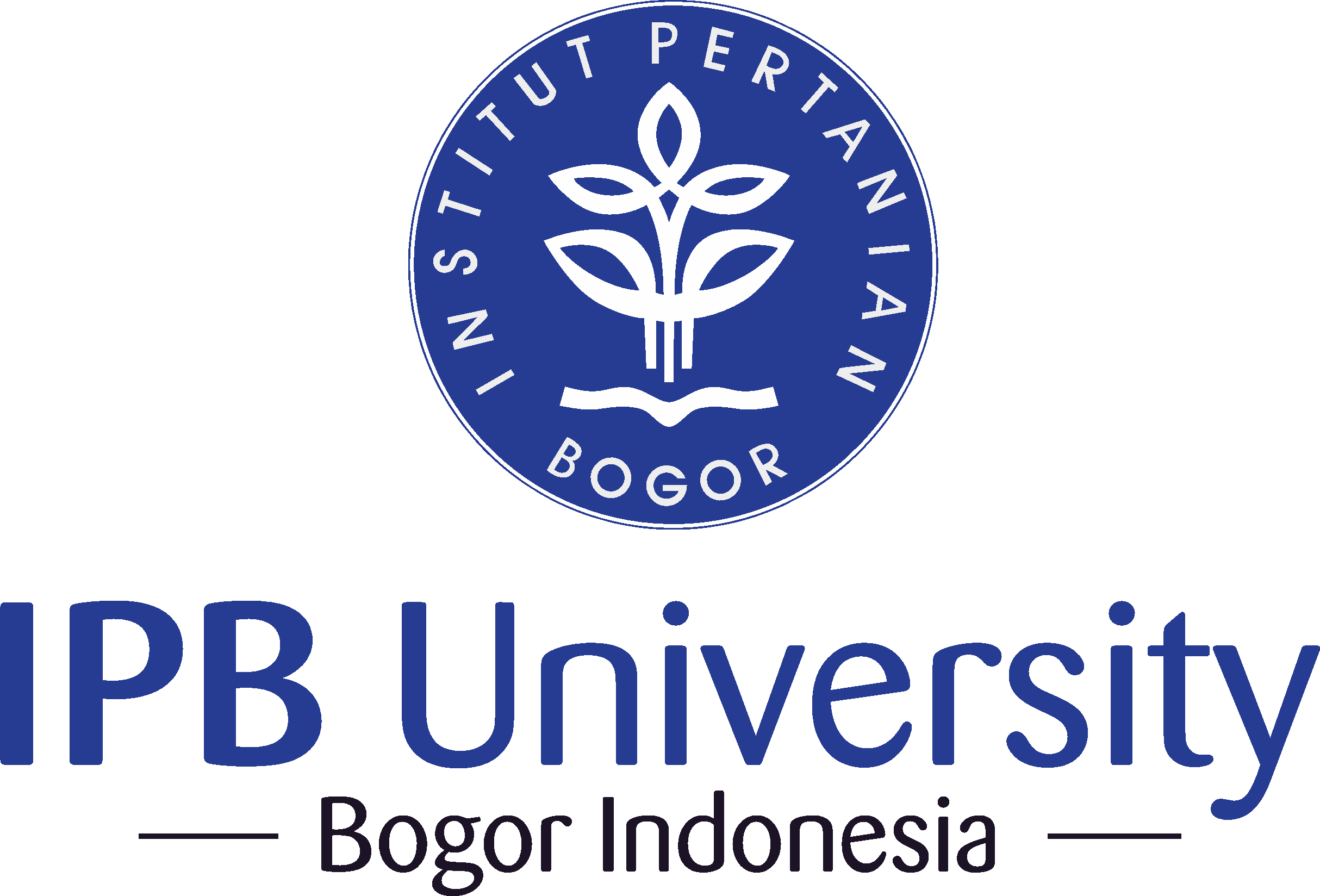Diurnal Patterns of Testosterone and Cortisol Metabolites in Fecal of Javan Gibbons (Hylobates moloch) in Captivity
Abstract
The aims of this research were to determine diurnal patterns of testosterone and cortisol metabolites to predict the testis functional status. In this study, fecal testosterone and cortisol were quantified in 77 samples from three male Hylobates moloch during a course of three months period. These data showed that the highest concentration of fecal testosterone occured at 18.00-06.00 (23.61 ng/g dried feces), then declined gradually. The lowest concentration was in the evening (5.54 ng/g dried feces). Our tests showed that there was a decrease in the mean testosterone concentration from 06.00-10.00 to 10.00-14.00 to 14.00-18.00. For cortisol, the highest concentration occured at 06.00-10.00 (597.84 ng/g dried feces), then decline gradually in the evening (225.73 ng/g dried feces).Key words: Hylobates moloch, feces, testosterone, cortisol, diurnal pattern
Downloads
HAYATI J Biosci is an open access journal and the article's license is CC-BY-NC. This license lets others distribute, remix, tweak, and build upon author's work, as long as they credit the original creation. Authors retain copyright and grant the journal/publisher non exclusive publishing rights with the work simultaneously licensed under a https://creativecommons.org/


















.png) IPB University
IPB University Department of Biology
Department of Biology The Indonesian Biological Society
The Indonesian Biological Society 

